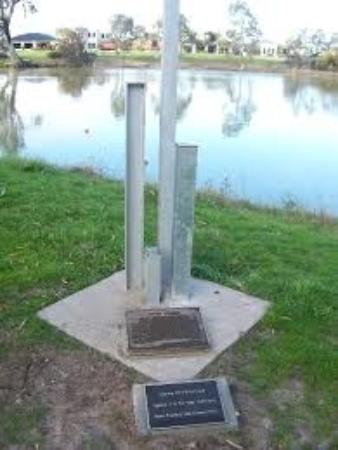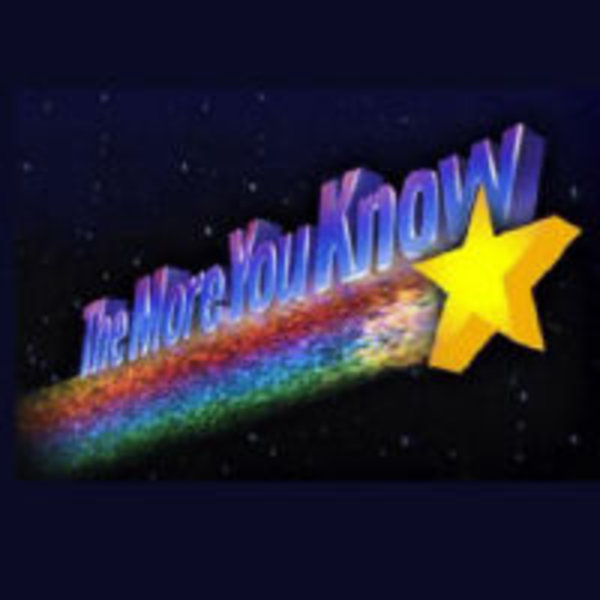If you and @sorfed are normal then the standard is very farking low.
Context.
Too hot to argue & running out of patience.
CC is a threat to humanity, ergo deniers are a threat to me & my family.
Hi trip, hi!
Sorfed and other climate change septics should read this:
There is much more than the following excerpt, but surely anyone with half a brain should now become very concerned:
“What has become clear over these last four weeks across this vast, beautiful land of Australia is that a way of life is on the edge of vanishing. Australian summers, once a time of innocent pleasure, now are to be feared, to be anticipated not with joy but with dread, a time of discomfort, distress and, for some, fear that lasts not a day or a night but weeks and months. Power grids collapse, dying rivers vomit huge fish kills, while in the north, there are unprecedented floods, and in the south heat so extreme it pushes at the very edge of liveability has become everyday.”
Was about to post that here myself. Really puts the ridiculous weather we’ve been experiencing into perspective. Particularly for me, the fires in Tasmania. Here in Hobart, every single day for the past three weeks now, there’s been a heavy smoke haze that reeks, blocks out the hills and covers the sky. The severity depends on the wind direction, but it always sets in at some point. Hobart is not currently under threat, but many of the towns that are have been under constant emergency warnings for weeks. Many people forced to either live away from home for that whole time or are unable to go to work while they keep watch on their properties. School start dates have been pushed back by two weeks. Some of these fires have been burning since Christmas. It’s sheer luck (lack of gale-force winds) that there has been no loss of life, and relatively little property, so far. Hopefully that continues, but all it would take is one windy day to whip up the dozens of uncontrolled fires currently burning. The forecast is for the current conditions to continue for weeks still so there will be ample opportunity for that to happen.
We’ve had severe fires before, but never anything as long-lasting or as widespread as this, certainly not in my memory, but none of the older folks have experienced anything like this either. As the article discusses, many of the natural areas currently under direct threat are forests of trees many hundreds or even thousands of years old, that have never burned and are not adapted to fire. Once they burn, they’re dead and gone. Tasmania is changing irrevocably.
http://www.utas.edu.au/library/companion_to_tasmanian_history/B/Bushfires.htm
Tasmania forms part of the driest and most fire-hazardous continent in the world and our fire seasons are very irregular in intensity. Higher rainfalls in certain areas and the fertility of the soil contribute heavier concentrations of ground fuels than in other parts of Australia. When the right conditions prevail, fires can become uncontrollable and large conflagrations occur.
Tasmania has faced a series of devastating fires from early settlement in 1803. The new settlers were not used to the summer conditions which caused fire to spread quickly. As early as 1854 a Bush Fires Act aimed ‘to guard against damage by fire in certain months of the year’, by preventing fires being lit and escaping on to another person’s property. This was the result of a large fire which caused havoc when it ‘ravaged’ the outskirts of Hobart early that year.
Despite the Act, Tasmania has faced many devastating fires since 1854. The worst were in 1854, 1897–98, 1913–15, 1926–27, 1933–34, 1940–42, 1960–61 and 1967. In 1895 eleven houses were destroyed at Dundas on the west coast, and in 1897–98 an area almost the same as the 1967 fires was burnt when the ‘Black Friday’ fire spread rapidly through the south, destroying farms and forests. It covered the area from the lower Midlands and the Channel District to Port Arthur (destroying part of the Penitentiary), the Derwent and Huon Valleys, as far as Esperance and Cygnet. The fire in late December 1933 to January 1934 threatened the whole of the Derwent Valley and 300 volunteers were rushed to fight it. Perhaps the most devastating were the bushfires of 1967, a disaster of enormous magnitude in southern Tasmania, the blackest day in the history of the state.
Men from the Second AIF about to fight busfires at Fern Tree in 1940 (AOT,PH30/1/3039)
Before the 1930s there was very little organisation to fight bush fires in Tasmania. The dangers from bush fires were well recognised but nothing much had been done to form an organisation capable of fighting them. However, the 1967 disaster led to the formation of the Rural Fires Board and eventually the Tasmania Fire Service, a splendid fire-fighting organisation. (See also Fire Brigades.)
Further reading: R McNeice, Helmets and hatchets, Hobart, 1983; Men of fire, Hobart, 1987; The New Norfolk volunteer urban fire brigade, Hobart, 1989; With skill and dedication, Hobart, 1993; and Knapsack heroes, Hobart, 1991.
If the non response to HM wasn’t enough of a gove away.
Sooooo…the worst fires were before Tasmania had a fire brigade?
Is that your point?
Latrobe University or RMIT ?
Deakin is my guess.
Ever been to Tasmania Wim…rugged and inaccessible country where given the right conditions, it just burns until it rains or runs out of stuff to burn, so the fire brigade makes SFA difference. The point being, Tassie has been dry and has burnt a long time before you can blame human activity…thats the point and if you can’t deduct that from the post remove your blinkers.
Money saver there, then.
I mean, here was me thinking crap like helicopters, fire retardant, a fully functional fire-fighting authority with trucks and hoses, burn-offs, firebreaks and stuff would make a difference, but apparently it does not.
We’re as exposed to the whims of nature as much now as we were in the 1850s.
I mean, alternatively, and I merely point this out as an alternate theory, you could just be a bit of a cockspank with an obvious agenda.
Keen to knock on your local CFA’s door and tell them that personally?
Or even any of the handful of firefighters on here?
Also, look up the history of human settling, megafauna extinction and bushfires in australia.
That’s if (haha, good one) you’re at all keen to learn exactly why you’re wrong.
Obviously not aware of what Pazza can do with just a little bit of water.

This photo of Horsham Weir to Baillie Street River Walk is courtesy of TripAdvisor
This is the flood marker at the Wimmera River in Horsham.
The tallest one, annoying cropped from the top, is the level of the 1909 flood.
The smallest one* is an indication of where the 1909 flood would reach today (or rather, thirty years ago) after 80 years of human intervention.
The second one is a flood from the eighties.
I think it’s instructive, in this case.
You can say, ‘oh, we had a much bigger flood in the early 1900’s, these aren’t anything.’
But if you’re being honest about it, there are a lot of things you need to take into account.
Edit: * No, not the third one. The smallest one. Look lower.
No one is saying Tasmania has never experienced fires, even severe ones, previously. Actually try to read what is written.
If you keep posting like this I will need to review my view that @alex.f.94 has the lowest IQ on Blitz.
Did I read right or did Bomber1408 ask someone to remove their blinkers?
